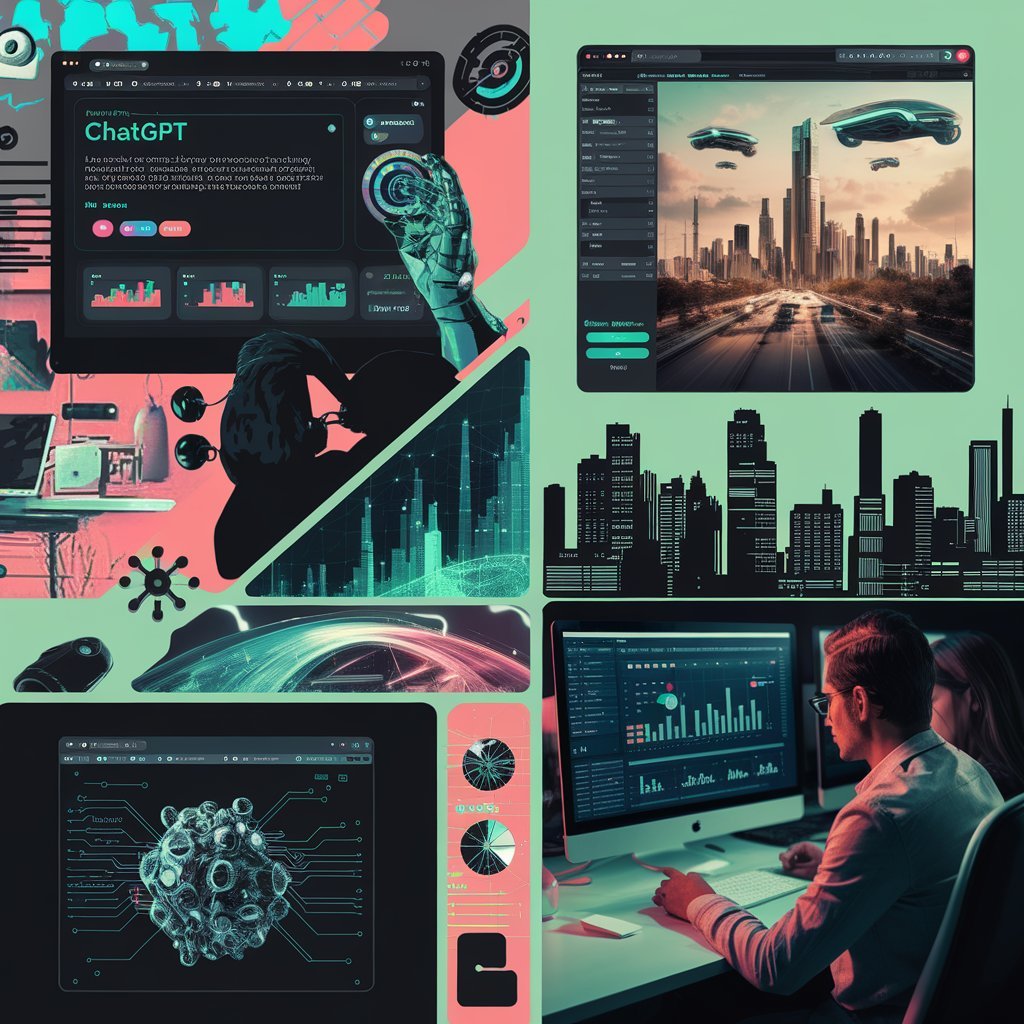Artificial Intelligence (AI) has transitioned from a futuristic concept to a practical technology integral to our daily lives. As AI tools evolve, they find applications in various sectors, enhancing efficiency, improving decision-making, and transforming how we interact with technology. This article will explore some of the most popular AI tools available today, their features, and how they are applied in everyday situations.
1. Natural Language Processing (NLP) Tools
a. OpenAI’s ChatGPT
ChatGPT, developed by OpenAI, is an advanced conversational AI model designed to understand and generate human-like text. It is widely used in customer service applications, where it can handle queries, provide information, and assist with troubleshooting. Businesses can integrate ChatGPT into their websites, reducing response times and improving customer satisfaction.
Everyday Application:
Virtual Assistants: ChatGPT powers virtual assistants that help users schedule appointments, manage to-do lists, and answer general queries, making daily organization simpler.
b. Grammarly
Grammarly is a writing assistant that uses NLP to analyze text for grammatical errors, style issues, and tone adjustments. It helps users enhance their writing by providing real-time feedback and suggestions.
Everyday Application:
Content Creation: Bloggers, students, and professionals use Grammarly to improve the clarity and quality of their writing, ensuring effective communication in emails, essays, and reports.
2. Image and Video Recognition Tools
a. Google Vision AI
Google Vision AI offers powerful image analysis capabilities, enabling applications like object detection, facial recognition, and text extraction from images. It can analyze images and provide insights that help businesses understand customer preferences or monitor brand usage.
Everyday Application:
Retail and Marketing: Retailers use Google Vision AI to analyze customer interactions with products through visual recognition, enabling targeted marketing strategies.
b. Adobe Sensei
Adobe Sensei is an AI and machine learning framework that enhances the functionality of Adobe’s Creative Cloud suite. It automates repetitive tasks, provides design suggestions, and improves image editing through intelligent features.
Everyday Application:
Photo Editing: Photographers and designers use Adobe Sensei to speed up workflows, automatically tagging images and suggesting enhancements, allowing them to focus on creativity rather than technical tasks.
3. Automation and Workflow Tools
a. Zapier
Zapier is a web automation tool that connects various applications and services, allowing users to automate repetitive tasks without needing coding skills. It enables workflows by creating “Zaps,” which trigger actions in one app based on events in another.
Everyday Application:
Task Automation: Small business owners can use Zapier to automate marketing tasks, such as adding new leads to a CRM from a web form submission or posting social media updates from blog articles.
b. Microsoft Power Automate
Microsoft Power Automate helps users automate workflows between Microsoft apps and third-party services. It allows users to create automated processes for notifications, data collection, and approvals.
Everyday Application:
Business Processes: Organizations use Power Automate to streamline approval workflows, such as expense reimbursements or leave requests, reducing administrative overhead.
4. Personalization and Recommendation Engines
a. Netflix’s Recommendation System
Netflix employs advanced AI algorithms to analyze user behavior and preferences, providing personalized content recommendations. This enhances the user experience by making it easier for viewers to discover shows and movies they might enjoy.
Everyday Application:
Entertainment Choices: Viewers rely on Netflix’s recommendations to quickly find relevant content, saving time and improving satisfaction with their viewing choices.
b. Amazon’s Product Recommendations
Amazon’s recommendation engine uses machine learning algorithms to suggest products based on user’s browsing history, purchase behavior, and reviews. This personalization enhances the shopping experience, increasing sales and customer loyalty.
Everyday Application:
Online Shopping: Shoppers benefit from tailored suggestions, making it easier to find products that meet their needs, leading to more informed purchasing decisions.
5. Virtual Reality (VR) and Augmented Reality (AR)
a. Google ARCore
Google ARCore is a platform that enables developers to create augmented reality applications for Android devices. It combines the real world with digital information, allowing users to interact with virtual objects in their environment.
Everyday Application:
Interactive Learning: Educators use ARCore to create interactive lessons, enhancing student engagement through immersive experiences that bring learning to life.
b. Oculus Quest 2
The Oculus Quest 2 is a popular VR headset that provides immersive experiences for gaming, training, and social interaction. Its advanced technology allows users to explore virtual worlds and engage with others in real-time.
Everyday Application:
Gaming and Fitness: Gamers use Oculus Quest 2 for engaging entertainment, while fitness enthusiasts participate in virtual workout sessions, making exercise enjoyable and interactive.
6. Data Analysis and Business Intelligence Tools
a. Tableau
Tableau is a powerful data visualization tool that leverages AI to help users create interactive and shareable dashboards. It enables organizations to analyze data and gain insights that drive strategic decisions.
Everyday Application:
Business Insights: Companies use Tableau to visualize sales data, customer trends, and market research, enabling informed decision-making based on real-time analytics.
b. Microsoft Power BI
Microsoft Power BI is a business analytics tool that transforms raw data into informative visualizations. It incorporates AI capabilities to identify trends, patterns, and anomalies in data.
Everyday Application:
Performance Monitoring: Organizations rely on Power BI to track key performance indicators (KPIs) and monitor operational performance, facilitating timely interventions.
Conclusion
The rapid advancement of AI technologies has made them indispensable in our everyday lives, improving efficiency, personalization, and decision-making across various sectors. Tools like ChatGPT, Google Vision AI, and Zapier are just a few examples of how AI is transforming our interactions with software and hardware. As these technologies evolve, we can expect even more innovative applications to improve the way we live, ultimately leading to a smarter and more efficient world. Understanding and leveraging these AI tools can empower individuals and organizations alike to achieve their goals and stay ahead in an increasingly competitive landscape.





